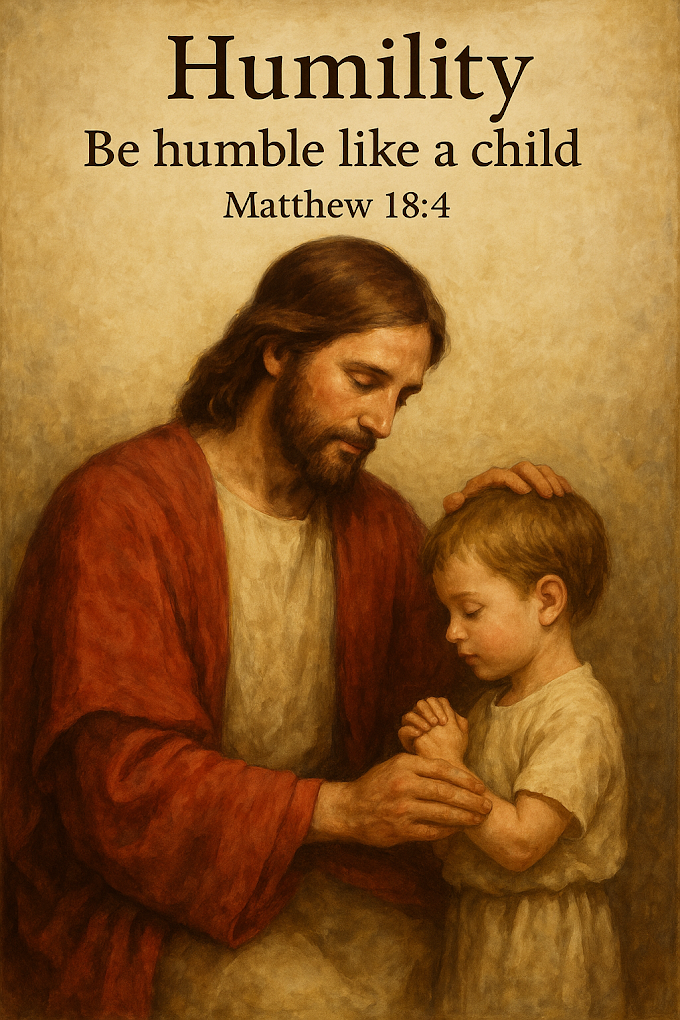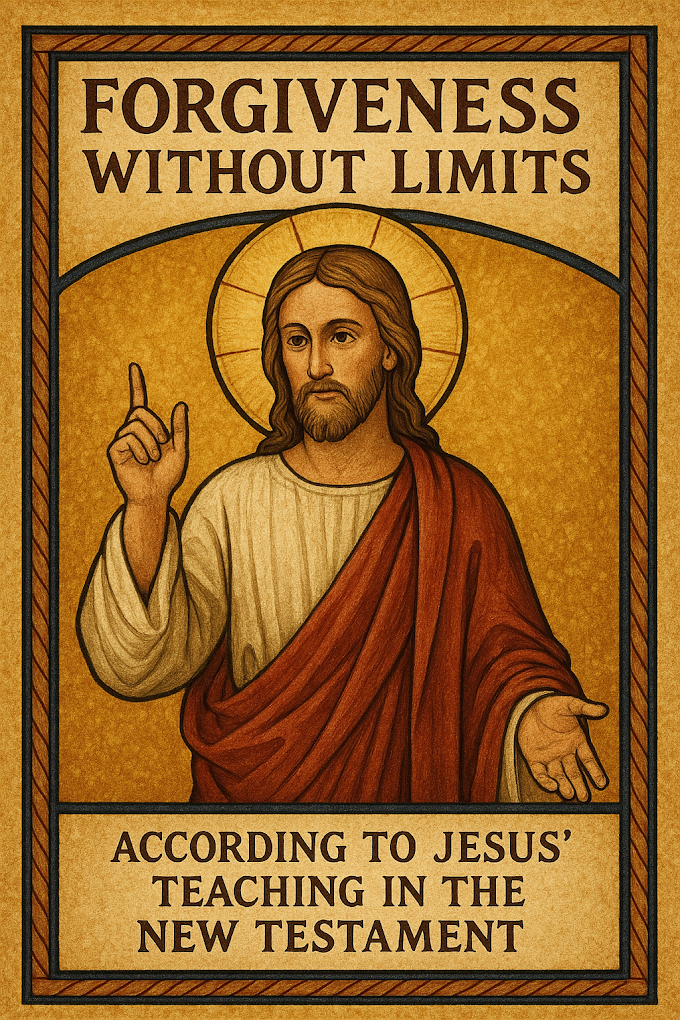The Story of Moses: A Journey of Faith and Deliverance
The story of Moses is one of the most powerful and significant narratives in the Bible. It spans four of the five books of the Pentateuch (Exodus, Leviticus, Numbers, and Deuteronomy), chronicling the life of a man chosen by God to lead the Israelites from slavery in Egypt to the threshold of the Promised Land. His life reflects themes of deliverance, covenant, law, obedience, and God's unfailing guidance.
Birth and Early Life
Moses was born during a time when the Israelites were living under harsh slavery in Egypt. Pharaoh, fearing the increasing number of Hebrews, ordered all male Hebrew babies to be killed (Exodus 1:15-22). In an act of faith and courage, Moses' mother hid him for three months and then placed him in a basket among the reeds of the Nile River (Exodus 2:1-3).
God's providence is evident from the beginning. The daughter of Pharaoh found Moses, had compassion on him, and raised him as her own son (Exodus 2:5-10). Thus, Moses grew up with both Hebrew heritage and Egyptian royal privilege.
Moses’ Calling and Encounter with God
As an adult, Moses became aware of the oppression of his people. One day, he killed an Egyptian who was beating a Hebrew slave and had to flee Egypt to escape punishment (Exodus 2:11-15). He settled in Midian, where he married Zipporah, the daughter of Jethro, and became a shepherd (Exodus 2:16-22).
Moses’ calling came dramatically through the burning bush on Mount Horeb (also called Mount Sinai). God revealed Himself and called Moses to deliver His people from bondage (Exodus 3:1-10). Despite Moses' hesitations and objections, God assured him of His presence and gave him signs and Aaron as a spokesperson (Exodus 3–4).
Confrontation with Pharaoh
Obeying God’s call, Moses returned to Egypt and demanded Pharaoh to let the Israelites go. Pharaoh refused, and God sent ten plagues upon Egypt as judgments, demonstrating His power over the Egyptian gods (Exodus 7–11). The final and most devastating plague was the death of all Egyptian firstborns. The Israelites were spared by the institution of the Passover, where they marked their doorposts with lamb's blood (Exodus 12:1-30).
After the final plague, Pharaoh finally relented and let the Israelites go. But soon after, he pursued them to the Red Sea. In one of the Bible’s most dramatic miracles, God parted the Red Sea, allowing the Israelites to cross on dry ground and drowning the pursuing Egyptians (Exodus 14).
The Journey Through the Wilderness
Having escaped Egypt, the Israelites began a long and challenging journey through the wilderness toward the Promised Land. Early in their journey, God provided for their needs by sending manna from heaven and water from a rock (Exodus 16–17).
At Mount Sinai, God gave Moses the Ten Commandments and established a covenant with Israel (Exodus 19–20). These laws were meant to guide their moral, civil, and ceremonial life. However, while Moses was on the mountain, the people sinned by creating and worshiping a golden calf (Exodus 32). Moses interceded for them, and God forgave them, but consequences followed.
Moses then received instructions for building the Tabernacle, a mobile dwelling place for God's presence among the people (Exodus 25–31, 35–40).
Leadership Challenges
Moses’ leadership was constantly tested. The people frequently grumbled, doubted, and rebelled. Despite this, Moses remained faithful and often interceded on their behalf. When they reached the edge of Canaan, twelve spies were sent to scout the land. Ten gave a negative report, and the people refused to enter, resulting in 40 years of wandering in the wilderness (Numbers 13–14).
During this period, Moses faced challenges from within his leadership, including rebellions led by Korah (Numbers 16) and complaints about food and water. At one point, in frustration, Moses struck a rock to bring forth water instead of speaking to it as God commanded. Because of this act of disobedience, God told Moses he would not enter the Promised Land (Numbers 20:7-12).
The Covenant Reaffirmed
As the forty years came to a close, Moses led the new generation of Israelites to the plains of Moab. There, he delivered a series of speeches recorded in the book of Deuteronomy, reminding the people of God’s laws, their history, and the importance of faithfulness. He emphasized loving and obeying God with all their heart, soul, and strength (Deuteronomy 6:4-5).
Moses appointed Joshua as his successor and blessed the twelve tribes of Israel (Deuteronomy 31–33).
Moses’ Death and Legacy
Moses' life came to a close on Mount Nebo, from where he viewed the Promised Land. He died at the age of 120, and the Bible notes that “his eye was not dim, nor his natural vigor diminished” (Deuteronomy 34:7, NKJV). God Himself buried Moses, and to this day, no one knows where his grave is (Deuteronomy 34:5-6).
The Bible honors Moses as a prophet, leader, and servant of God. “Since then, no prophet has risen in Israel like Moses, whom the Lord knew face to face” (Deuteronomy 34:10). His legacy endures as the one through whom God gave the Law and who prefigured Jesus Christ in many ways (Hebrews 3:1-6; Acts 7:20-44).
Themes and Significance
1. Deliverance and Redemption
Moses’ story is the central narrative of deliverance in the Old Testament. Just as Moses led Israel out of slavery, so Jesus leads believers out of spiritual bondage. The Passover, instituted under Moses, is a direct foreshadowing of Christ, the Lamb of God (John 1:29; 1 Corinthians 5:7).
2. Covenant and Law
Through Moses, God established a covenant with Israel and gave the Law, which shaped the identity and worship of the nation. The Law was not merely legal code—it reflected God’s holiness and Israel’s calling to be a light to the nations (Exodus 19:5-6; Psalm 119).
3. Leadership and Obedience
Moses' leadership teaches patience, humility, and reliance on God. He was “very meek, more than all people who were on the face of the earth” (Numbers 12:3, ESV). Though flawed, Moses’ obedience and intimate relationship with God stand as a model for all leaders.
4. God’s Faithfulness
Despite the people’s failures, God remained faithful to His promises. The journey of Moses shows that God does not abandon His people, even when they falter.
Conclusion
The story of Moses is more than an ancient tale—it is a foundational narrative for Jews and Christians alike. It speaks of God's power to save, His desire to dwell among His people, and the importance of trust, obedience, and leadership grounded in God's will. Moses' life continues to inspire believers to listen for God's call, stand firm in trials, and walk humbly with the Lord.
Key Bible References:
-
Exodus 1–14 – Moses’ birth, call, and deliverance from Egypt
-
Exodus 19–20 – Giving of the Ten Commandments
-
Numbers 13–14 – Rebellion at the edge of the Promised Land
-
Deuteronomy 6 – The Shema and love for God
-
Deuteronomy 34 – Death of Moses
-
Hebrews 11:23-29 – Moses commended for his faith
-
Acts 7:20-44 – Stephen’s retelling of Moses’ life














